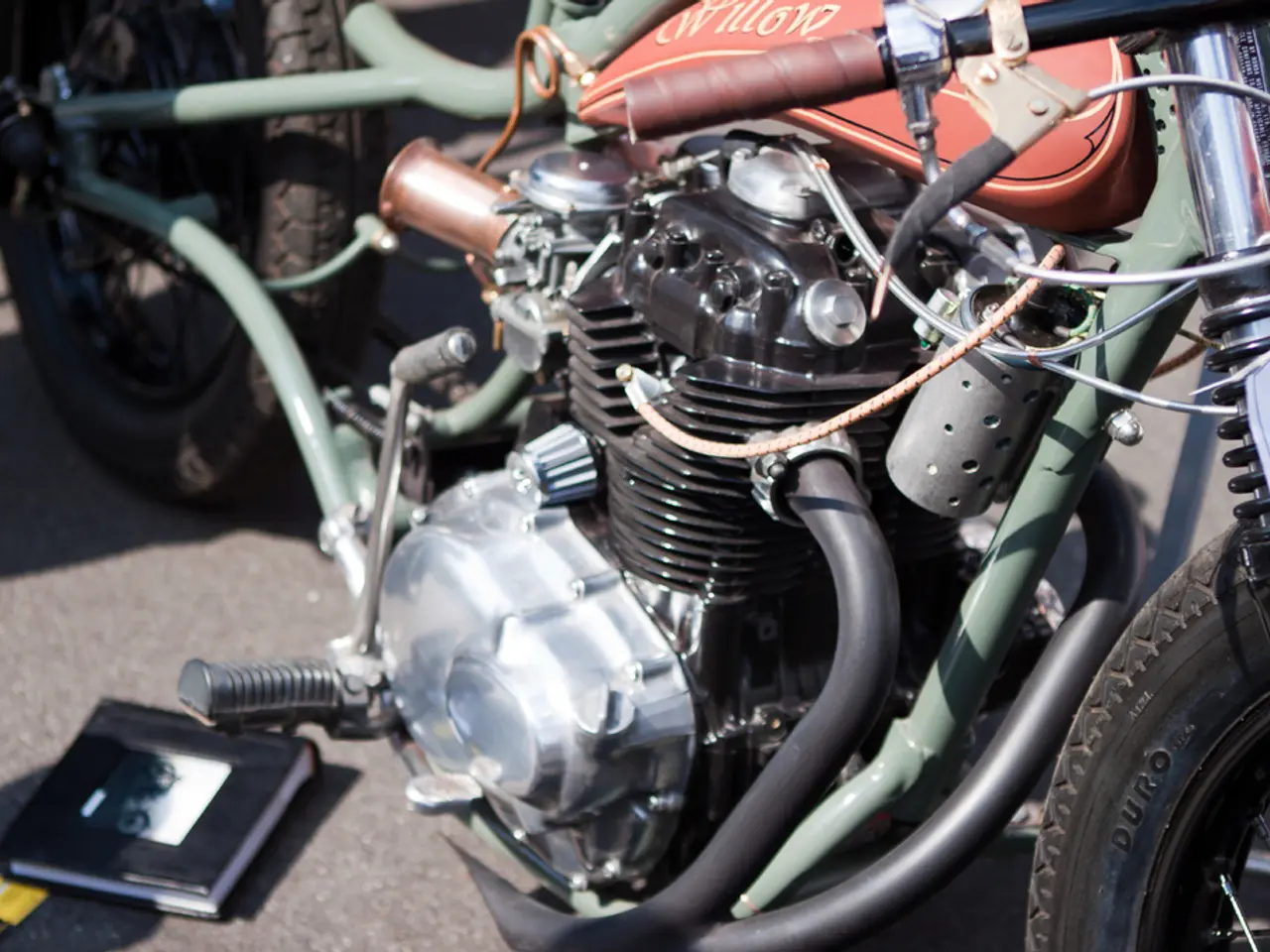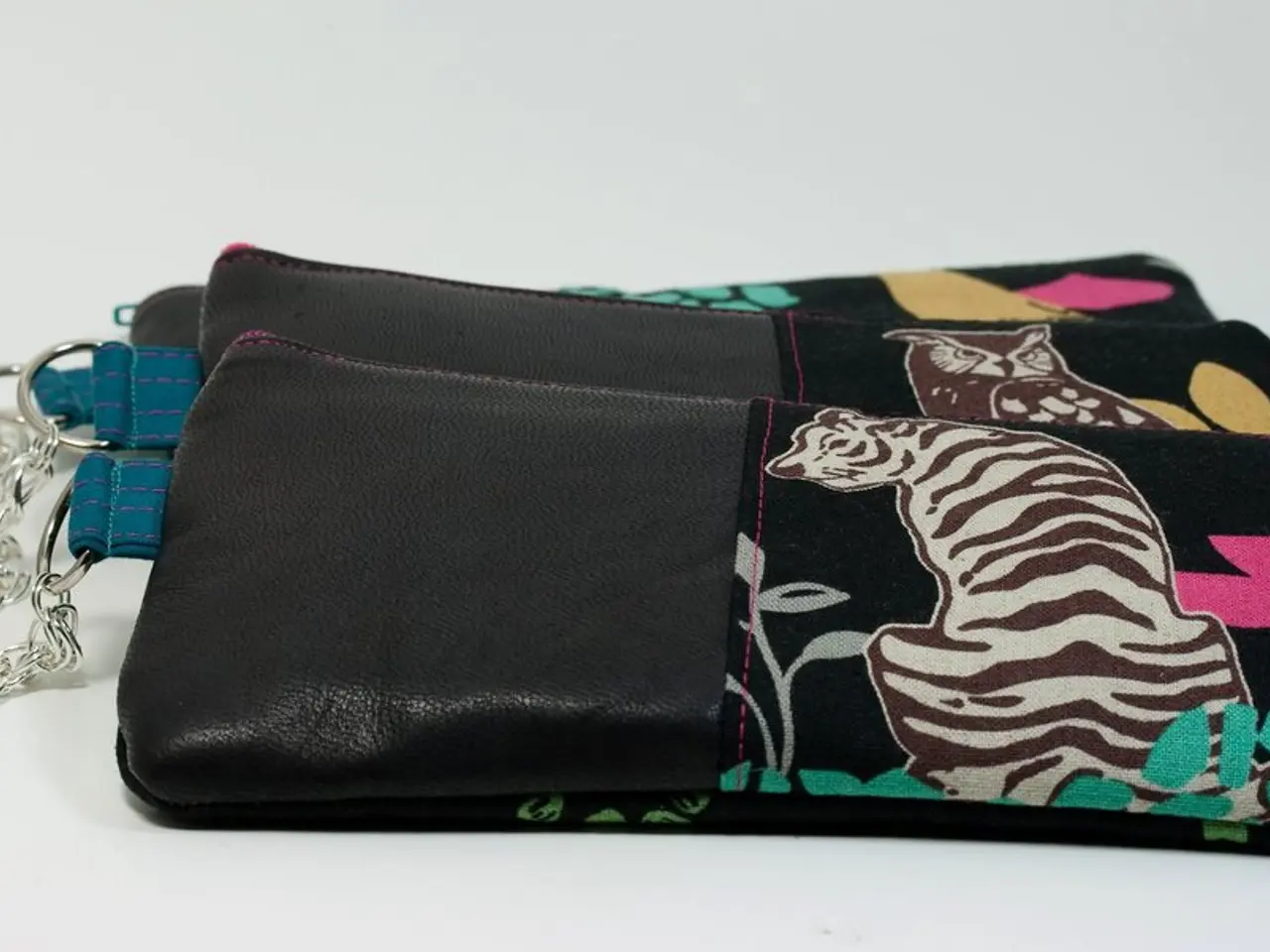Understanding Conformal Coatings: A Protective Barrier for Electronic Components
In the world of electronics, protecting circuit boards (PCBs) from damage and environmental factors is crucial. One effective solution is the application of conformal coatings. This article provides an overview of common methods for applying conformal coatings, their advantages and disadvantages, and best use cases.
Conformal coating methods include automated robotic application, spray can or manual spraying, and vapor deposition (such as Parylene coating). Each method offers distinct benefits and challenges, depending on factors like precision, production scale, environment, and complexity of the PCB assembly.
**Automated Robotic Application**
Offering the fastest and most precise coating application, robotic coating is ideal for high-volume PCB production where consistency and repeatability are essential. However, it requires significant capital investment in equipment and can be complex and time-consuming for new PCB designs.
**Spray Can or Manual Spraying**
Spray coating is a convenient and flexible option for small batches, prototypes, or post-repair applications. It allows for multiple layers to be easily applied, but controlling uniformity and thickness can be challenging, leading to overspray on uncoated areas.
**Vapor Deposition (Parylene Coating)**
Providing an extremely uniform, pinhole-free coating even on complex geometries, Parylene coating is an excellent choice for high-reliability, demanding industries like aerospace, medical, and high-reliability electronics. However, it is more expensive and slower than spray or robotic application.
Other considerations include material properties, environmental conditions, and proper solvent selection. For example, acrylics are common for their low cost and ease of application, while silicones are preferred for high-temperature resistance. The PCB's final environmental protection requirements will also influence the choice of coating method.
In conclusion, choosing the right conformal coating method depends on the production scale, precision needed, PCB complexity, and final environmental protection requirements. Automated robotic coating is best for large, precise runs, manual spray suits small or repair jobs, and vapor deposition is unmatched for challenging environments and detailed protection.
[1] "Conformal Coating Methods: A Comparative Analysis." Electronic Design, 2020. [2] "Choosing the Right Conformal Coating Material." Electronic Products, 2019. [3] "An Introduction to Conformal Coating Techniques." Heraeus, 2021. [4] "Understanding the Conformal Coating Process." Electronic Products, 2018. [5] "Solvent Selection for Conformal Coating." Electronic Products, 2020.
Technology plays a vital role in the application of conformal coatings, as various methods such as automated robotic application, spray can or manual spraying, and vapor deposition (like Parylene coating) utilize advanced machinery and techniques.
The choices among these methods are influenced by factors like production scale, precision needed, PCB complexity, and final environmental protection requirements, demonstrating the importance of technology in selecting the ideal method.



